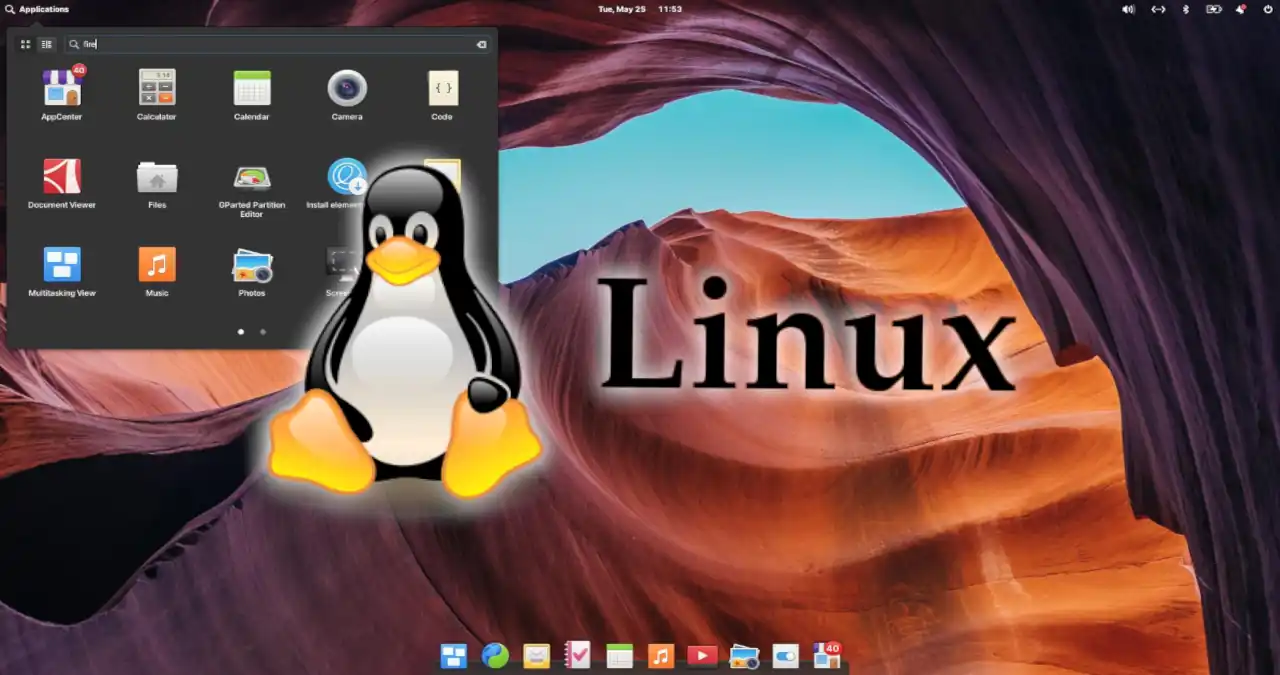Introduction:
In the vast landscape of operating systems, one name stands out as the epitome of open-source excellence—Linuxia. Born from the collaborative efforts of a global community of developers, Linuxia has emerged as a powerful and versatile operating system, redefining the way we interact with technology. In this article, we will delve into the origins, characteristics, and impact of Linuxia, exploring why it has become a beacon of innovation in the world of computing.
The Birth of Linuxia:
The Linuxia saga began in the early 1990s when a Finnish computer science student named Linus Torvalds sought to create a free and open-source alternative to proprietary operating systems like UNIX. Torvalds, inspired by the collaborative nature of the open-source community, started developing a kernel that would later become the heart of Linuxia.
The Linux kernel’s journey from a personal project to a global phenomenon is a testament to the power of community-driven development. As Torvalds released the kernel under the GNU General Public License (GPL), a vibrant community of developers worldwide joined forces to contribute to its growth and improvement.
Key Characteristics of Linuxia:
- Open Source Philosophy: At the core of Linuxia’s identity is its commitment to the open-source philosophy. Unlike proprietary operating systems, Linuxia allows users to access, modify, and distribute its source code freely. This transparency not only fosters innovation but also empowers users to tailor the operating system to their specific needs.
- Variety of Distributions: Linuxia is not a monolithic entity but rather a family of operating systems, known as distributions or distros. Each distro is a unique flavor of Linuxia, tailored to cater to different user preferences and requirements. Popular distros include Ubuntu, Fedora, Debian, and Arch Linux, each offering a distinct user experience and package management system.
- Stability and Reliability: Linuxia has gained a reputation for its stability and reliability, particularly in server environments. Its robust architecture and efficient memory management contribute to minimal downtime, making it a preferred choice for businesses and organizations that require a dependable operating system.
- Security Prowess: Security is a top priority in the Linuxia ecosystem. The open-source nature of the system allows for constant scrutiny by a vigilant community of developers, making it quick to identify and patch vulnerabilities. Additionally, the principle of least privilege is inherent in Linuxia’s design, enhancing its overall security posture.
- Command Line Interface (CLI) Empowerment: Linuxia provides users with a powerful command line interface (CLI), giving them granular control over the system. While graphical user interfaces (GUIs) are available, the CLI remains a favorite among power users and system administrators for its efficiency and flexibility.
Impact on Computing:
- Server Domination: Linuxia has become the undisputed leader in server environments. Its scalability, performance, and security features make it the go-to choice for hosting websites, running cloud services, and managing network infrastructure. Major players in the tech industry, including Google, Amazon, and Facebook, rely heavily on Linuxia to power their servers.
- Embedded Systems and IoT: Linuxia’s adaptability extends beyond traditional computing devices. It has become a dominant player in the realm of embedded systems and the Internet of Things (IoT). From smart refrigerators to industrial automation, Linuxia serves as the foundation for countless devices that require a robust and customizable operating system.
- Desktop User Experience: While Linuxia has historically been associated with servers and backend infrastructure, it has made significant strides in the realm of desktop computing. User-friendly distributions like Ubuntu have contributed to Linuxia’s increasing popularity among casual users, offering an alternative to mainstream operating systems.
- Educational Impact: Linuxia plays a crucial role in education, providing students and learners with access to a vast array of tools and resources. Its availability for free encourages educational institutions to adopt Linuxia, empowering students to explore and experiment with open-source technologies.
Challenges and Future Outlook:
Despite its many strengths, Linuxia faces challenges on the desktop front, where proprietary software and gaming support have historically been limited. However, initiatives like Proton and compatibility layers are bridging the gap, making it easier for users to run popular applications and games designed for other operating systems.
The future of Linuxia looks promising as it continues to evolve and adapt to the changing landscape of technology. With ongoing development, increased collaboration, and a growing user base, Linuxia is well-positioned to remain a driving force in the world of open-source computing.
Conclusion:
Linuxia, with its roots deeply embedded in collaboration and openness, stands as a shining example of what can be achieved through community-driven development. Its impact on computing spans across servers, embedded systems, and desktops, influencing the way we interact with technology on a daily basis. As Linuxia continues to evolve, it reaffirms the belief that the collective efforts of a global community can lead to the creation of something extraordinary—an operating system that empowers users and embraces the spirit of open-source innovation.
